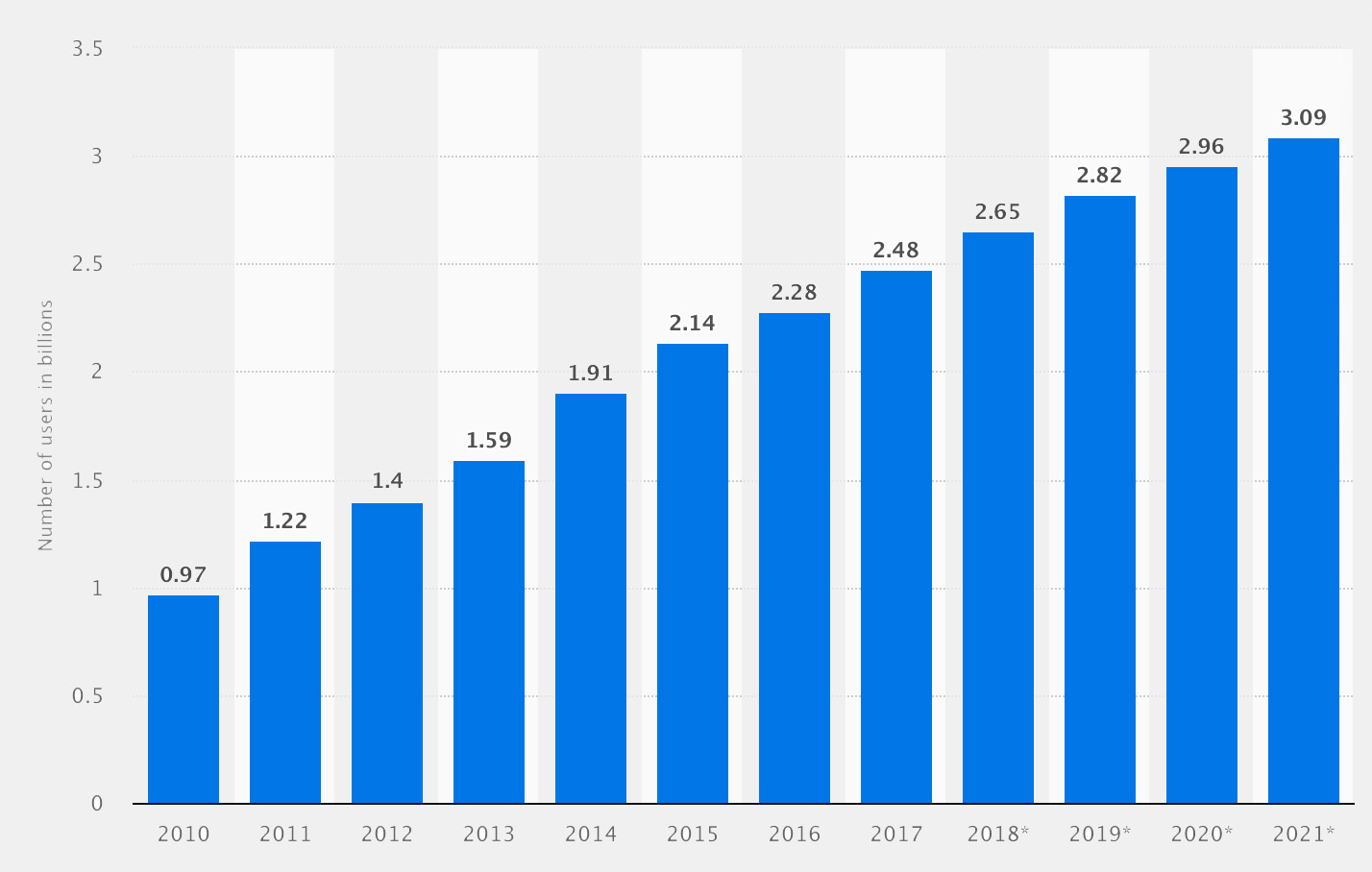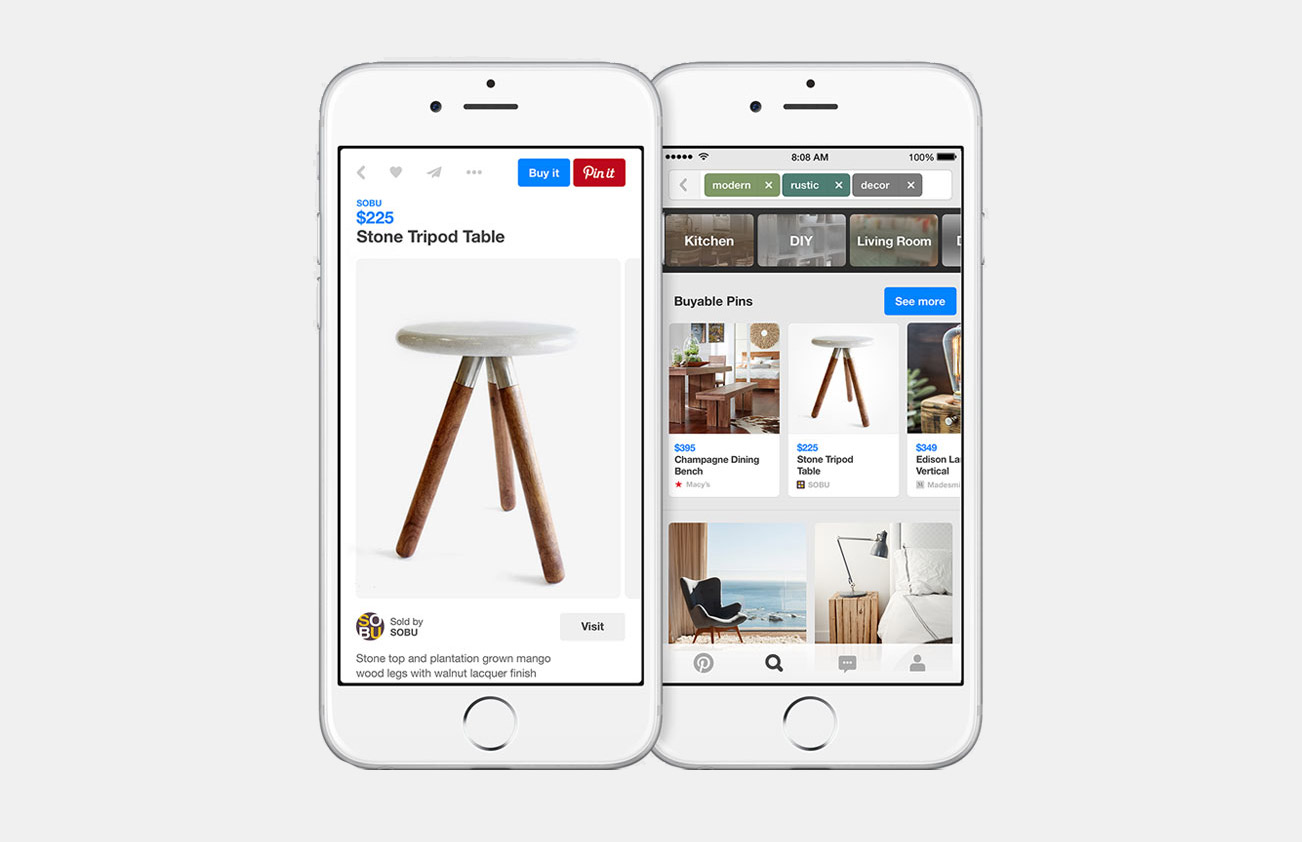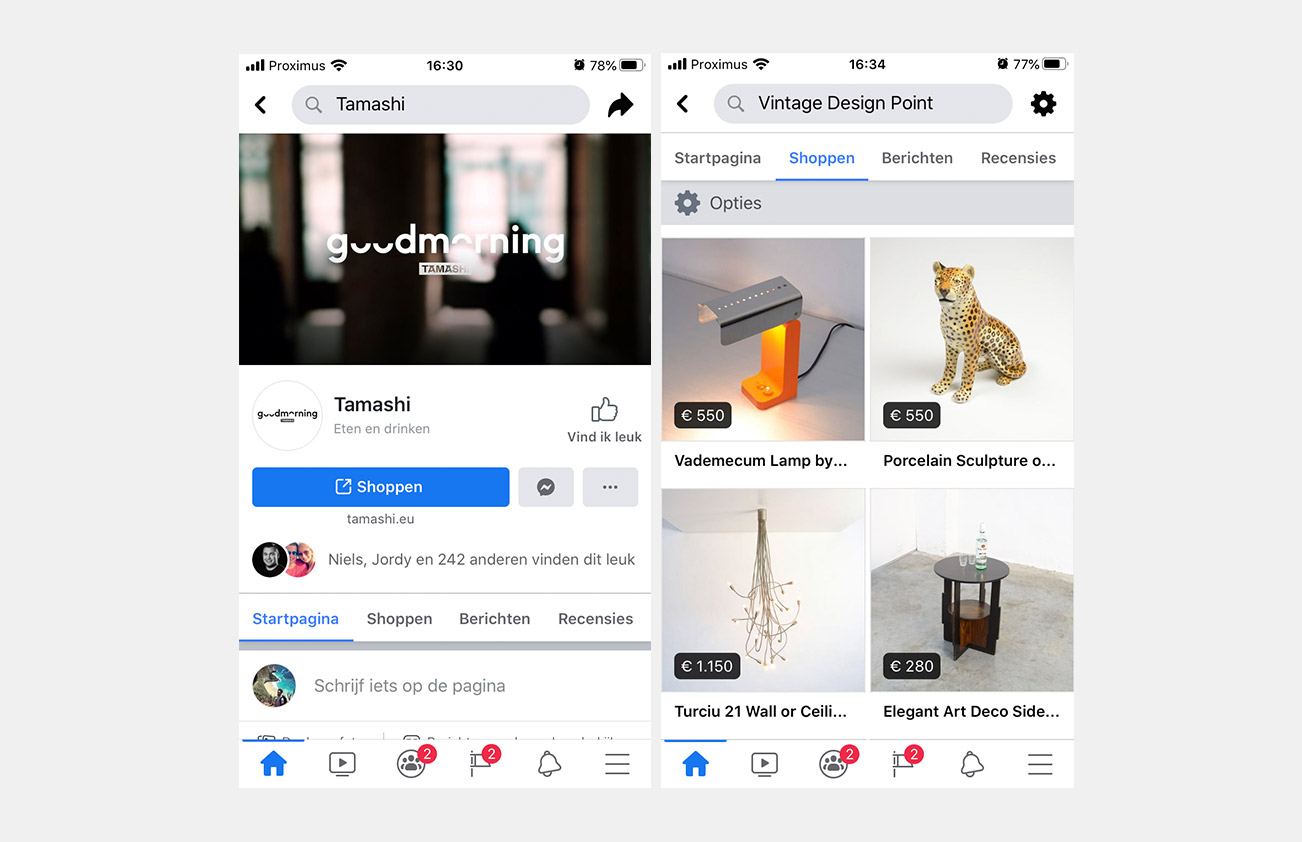You have taken the plunge to create your own e-commerce site. Well done! But how in the world do you reach your consumers? This answer has multiple layers, but for the purpose of this article we will focus on one of them: Social Media. The world of social media might seem a bit overwhelming but fret not, we are here to shed some light on everything related to social media for e-commerce.
First off, let’s briefly describe the size of the prize.
- Over 3,48 billion of the world’s population is currently subscribed to at least one of the social media platform.
- They spend an average of 2:22 hours (source: global webindex, 2018) on the platforms each day.
- 55% of global internet users are social shoppers (source: global webindex, 2019)
- 42% of internet users look for information about products on social networks (source: global webindex, 2019)
- 23% of internet users are motivated by many likes and comments on social to buy (source: global webindex, 2019)
- 110% increase in social referrals to retail e-commerce sites over the last two years (source: Social Media today, 2018)

Looking at the above, it is crystal clear that your consumers are on social media and are using the various platforms to research and buy their product of choice. I think at this point it is clear that social media for e-commerce can play a crucial role to convert your consumer.
How do I go about creating an e-commerce strategy for social media?
Step one: Defining your brand
Let’s start at the beginning. Before venturing out into the world of social media and even e-commerce, it is crucial you have a clear idea about your brand: mission statement, value proposition, tone of voice and general brand guidelines. We love the approach Simon Sinek uses in his book “Start with Why” in which he explains why some brands grow to be virtual powerhouses and others fail miserably. If you can, have a listen to his TED talk. For those of you short on time, here is the key outtake. Simon uses a formula which he calls the “golden circle”, which in short is your brand broken down into three circles.
The inner circle, the starting point answers the question “why does my company/product exist?”. The middle circle provides an answer to the question “how does my company realise the why?”, and lastly the outer circle is the answer to “what exactly does the company/product do?”. Using this principle, you will be able to build a very solid mission statement and value proposition. It is important to nail both of these down for the long run, as they will form the foundations to any strategy hence forth.
Step two: Defining which platforms to use
The next step is to map the various social media platforms and see how these fit into your overall strategy. Again, make sure that each piece of the puzzle ties into the overall strategy and you are consistently on brand. Ask yourself the question “am I adding value to my consumer by being present on an additional platform?”. More is not always better when it comes to social media for e-commerce.

Overview of the various social media platforms
- Twitter: (330 million monthly users) A social media platform where people communicate in short messages or Tweets. Tweets are limited to 280 characters and can be read by anyone who is following you on Twitter. Tweets can be seen as a sort of microblogging in which opinions are freely expressed (within the limits of the 280 characters). Twitter is very much about what is happening right now. The key here is the word now. One of the most iconic campaigns was the “dunk in the dark campaign” for Oreo (Superbowl 2013) seemingly simple, yet incredibly on brand and relevant for that specific moment.
How is this relevant for me? It is a fantastic medium for customer service. It allows consumer to voice their opinion about your brand and/or to ask you questions directly. This can go both ways, but at least it will give you the opportunity to turn around a negative experience. JetBlue Airways does a good job with the below Tweet.
- Pinterest: (291 million monthly users) Pinterest is a social media platform where users can share and save images. These images are related to goods & services (ex: new furniture, a new outfit) or projects (ex: a DIY project, an article on a trip you took).
Often the image on Pinterest is clickable and will lead to a website with a complete article.
An additional neat (free) feature of Pinterest is their Buyable Pins. This enables Pinterest users to buy the product they see on the image without actually having to leave the Pinterest platform. Payments are taken on the Pinterest website (via credit card or Apple Pay). Over 50% of pinners have purchased a product after seeing a Promoted Pin.
- Instagram: (One billion monthly users) Instagram is a free photo and video sharing social media app. The app is mainly geared towards mobile use, although it will work on a desktop version too. The main idea of the app is for users to share images and interact with images of other users. Unless your profile has been set to private, all images shared on the account can be viewed by every single users of the platform. How is this relevant to you? Well, there are a few ways you can use this platform to drive traffic to your e-commerce.
- Inspire viewers with high quality images that tell a story. A good example of this is the Instagram account of AirBnb. Scrolling through their feed (the images on their profile) makes you want to book their properties on the spot.
- Make it easy for consumers, allow them to shop in the app immediately with a shoppable post. These posts are marked with a “Tap to view products” pop-up or a small white circle with a shopping bag icon.

Instagram has a neat feature where you can upload 15’ stories. While this might seem time consuming, it is worth looking. According to the 2019 Instagram stats, a whopping 62% of users become interested in a brand or product after seeing it in stories.
- Inspire viewers with high quality images that tell a story. A good example of this is the Instagram account of AirBnb. Scrolling through their feed (the images on their profile) makes you want to book their properties on the spot.
- Facebook: The largest social media app with 2,4 billion active monthly users. Facebook is a social media website that allows users to post images and comments. They can post and share links, chat with each other (live chat) and even watch short videos.
According to the latest Facebook stats, 39% of all users of Facebook follow at least one business profile and 66% of all users use the platform daily.
How is this platform useful for you? Use the chat (messenger) function to provide Customer Service to your clients. Be careful though, consumers do not want to wait 24 hours for an answer. Use an automatic service when your customer service desk is closed to inform consumers that their question has been received and you will get back to them.
Get noticed by consumers. Facebook has a comprehensive set of ad-formats that you can use to get down to the nitty gritty of targeting your consumers. Be sure to A/B test the ad formats to see what works for your brand. Allow consumers to shop directly in the FB app with the “shop now” function.

Learn all about the do’s and don’ts of using Facebook for Business here. - LinkedIn: (303 million monthly users) LinkedIn used to be a digital version of your CV and ‘just’ and networking tool. These days however the social media platform is a great way to find new customers, raise brand awareness and actually drive business. Interestingly enough it is the number two tool for B2B marketing right after Facebook.
Users spend an average session time of 6 minutes, and are looking for content that provides added value (articles, solutions to professional problems). This makes LinkedIn a great tool to amplify your content and to be top of mind to your consumers. Studies show that 80% of B2B leads come from LinkedIn. - TikTok: A relatively young platform with 500 million monthly active users TikTok is a video sharing social media platform. The application allows users to create short music and lip-sync videos of 3 to 15 seconds and short looping videos of 3 to 60 seconds. (source: Wikipedia). 60% of the users are between 16-24 years old.
The app reached 9 million USD in-app sales by May 2019 and is predicted to rise to a whopping 100 million USD by the end of the year (source: Mobilemarketer.com)
What can I do on this platform? The easiest way to integrate as a brand is to launch your own challenge. The brand Chipotle did this masterfully with their ‘flip the lid challenge’.
Conclusion
So in short, should you be using social media for e-commerce? The answer is a resounding yes. Social media is an increasingly important part of the e-commerce sales funnel with 42% of users looking to social media for more information about their potential purchases. The temptation is to “go big or go home” e.g. register for every single platform. However, it is crucial to first figure out which platforms add value to your brand and your consumer before you dive into your social media strategy for ecommerce.
We leave you with one finale note, it is important to take into account that 91% of all users access social media through mobile (source: Lyfemarketing, 2018). So make sure that your website or e-commerce platform is responsive.
Social media is an important part of the e-commerce sales funnel and will only continue to increase over the future so it is important to set up a good strategy. Reach out to us to help out!

